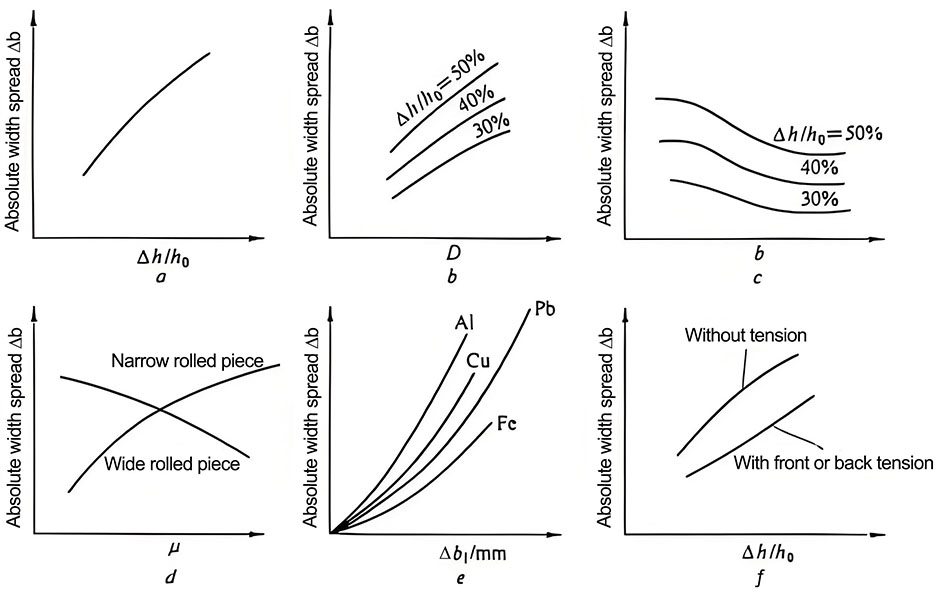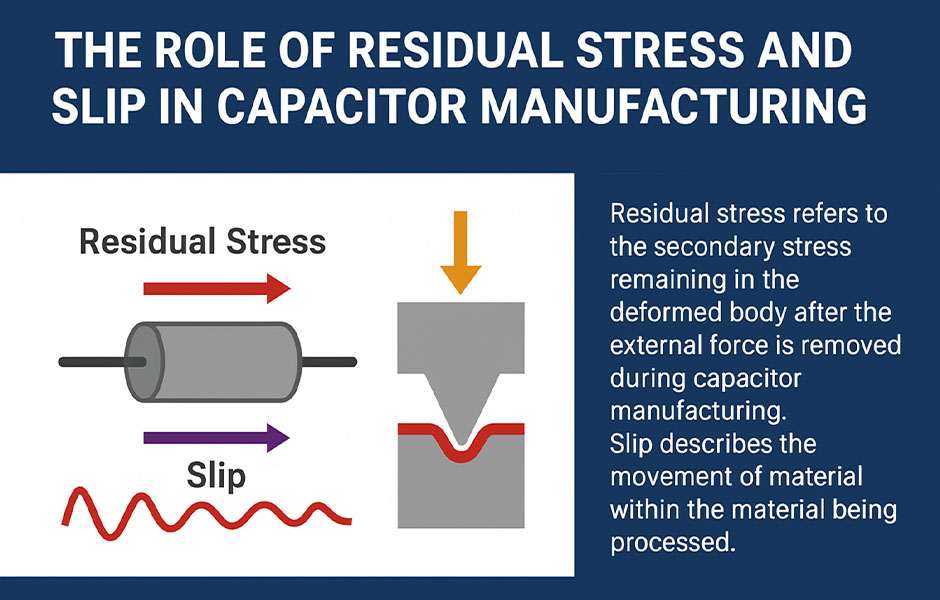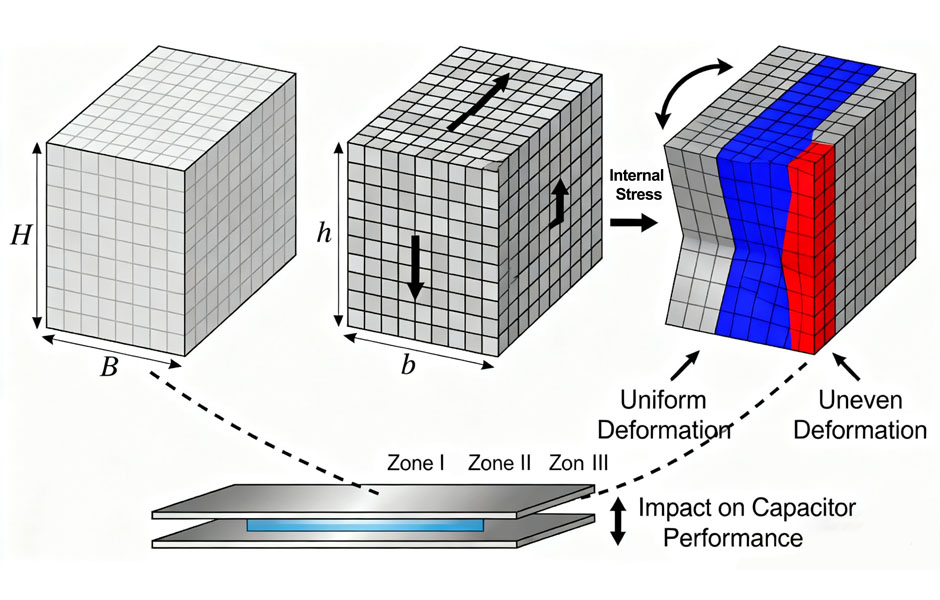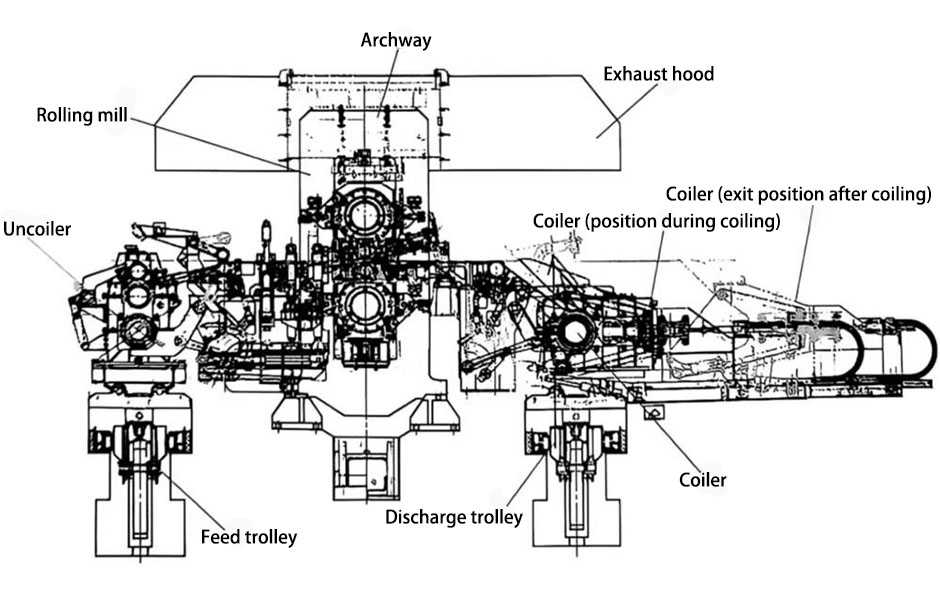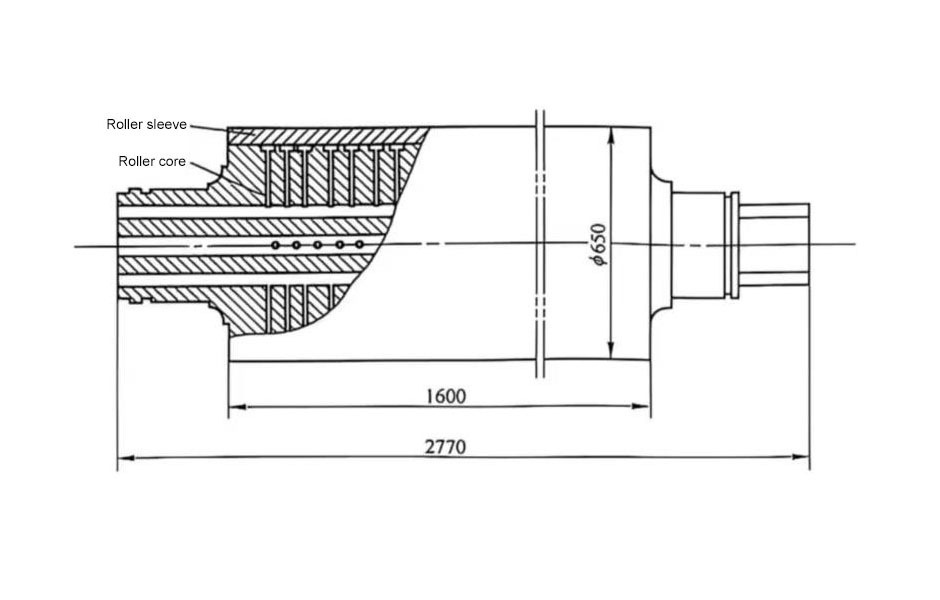Introduction:
Capacitors are fundamental components in electronic circuits, playing a vital role in energy storage, signal filtering, and voltage regulation. Among their distinguishing characteristics, polarity stands out as a crucial factor that influences their behavior and implementation within circuits. In this article, we delve into the intricacies of capacitor polarity, examining its types, reasons for existence, and its role in shaping circuit functionality.
1. What is Capacitor Polarity?
Capacitor polarity refers to the distinction between the two terminals of a capacitor, commonly denoted as the positive (+) and negative (-) terminals. Unlike resistors, capacitors are not inherently non-polar, as their behavior can change significantly depending on the polarity of the applied voltage. Capacitors are designed to store and release electrical energy, and their polarity determines how they accumulate and discharge this energy within a circuit.

2. What are Polar Capacitors?
Polar capacitors, also known as electrolytic capacitors, are a specific type of capacitor that possesses a distinct polarity. These capacitors are constructed using materials that enable them to store larger amounts of energy, making them ideal for applications requiring high capacitance values. The most common types of polar capacitors are aluminum electrolytic capacitors and tantalum capacitors.
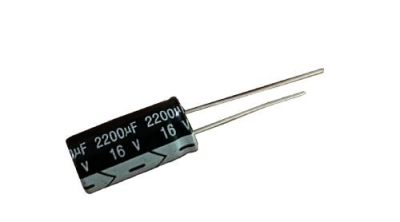
3. Why do Capacitors Have Polarity?
The existence of polarity in capacitors arises from their internal construction and the characteristics of the dielectric material used. In polar capacitors, such as electrolytic capacitors, the dielectric layer is created using an oxide film on the anode, which becomes the positive terminal. Due to this construction, the capacitor can withstand higher voltage levels in one direction (the anode-to-cathode direction) while being vulnerable to reverse voltages.
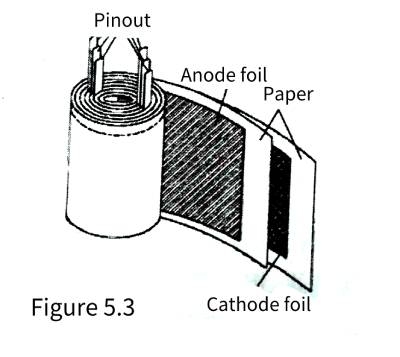
4. The Role of Capacitor Polarity in a Circuit:
A. Energy Storage and Filtering: Polar capacitors are often used in circuits where energy storage and voltage smoothing are critical. For instance, in power supply circuits, they act as reservoirs, storing energy during the positive half-cycle and releasing it during the negative half-cycle. This helps in maintaining a relatively constant output voltage and reducing voltage ripple.
B. Signal Coupling and Decoupling: Capacitors with polarity find applications in coupling and decoupling analog and digital signals. By strategically placing polar capacitors in a circuit, unwanted DC components can be blocked while allowing AC signals to pass through. This is commonly observed in amplifier circuits, where capacitors are used to couple the AC input signal while blocking any DC bias.
C. Timing and Phase Shift: In timing circuits, such as oscillators and phase shifters, the polarity of capacitors contributes to controlling the timing characteristics of the circuit. By selecting the appropriate capacitance values and understanding the polarity effects, engineers can manipulate the frequency and phase relationships of the output signal.
D. Voltage Regulation and Protection: The polarity of capacitors is crucial for protecting sensitive components in a circuit. For example, the reverse voltage tolerance of polar capacitors ensures that they don’t conduct current in the wrong direction, preventing potential damage to other components.
5. Reversed Polarity of a Capacitor: Consequences and Risks
Reversing the polarity of a polar capacitor, such as an electrolytic capacitor, can lead to various undesirable consequences and potential risks within an electronic circuit:
A. Capacitor Breakdown: Applying reverse voltage beyond the capacitor’s rated tolerance can lead to the breakdown of the oxide layer on the dielectric material. This can cause the capacitor to fail catastrophically, resulting in leakage, short-circuiting, or even an explosion in extreme cases.
B. Loss of Capacitance: Reversed polarity can alter the behavior of the dielectric material, leading to a significant reduction in effective capacitance. This results in the capacitor not performing its intended functions as an energy storage or filtering element.
C. Leakage Current: Reverse-biased polar capacitors can develop a leakage current, which can affect the stability of a circuit, especially in applications requiring accurate voltage regulation or signal processing.
D. Circuit Malfunction: Incorrectly connected polar capacitors can disrupt the circuit’s intended functionality. In coupling or decoupling applications, for example, reversed polarity can lead to DC offset, affecting signal integrity.
6. Ensuring Correct Polarity Connection: Best Practices
To avoid the potential pitfalls associated with reversed polarity, it’s crucial to ensure that polar capacitors are correctly connected within a circuit. Here are some best practices to follow:
A. Check Capacitor Markings: Most polar capacitors are clearly labeled with markings denoting the polarity. The positive terminal is often indicated with a “+” sign, and the negative terminal may have a stripe or other indicator. Always double-check these markings before soldering or connecting the capacitor.
B. Follow Data Sheets: Refer to the manufacturer’s datasheet for the capacitor model you are using. Data sheets provide comprehensive information about the capacitor, including its polarity, voltage ratings, and recommended usage. Make sure to adhere to the guidelines provided in the datasheet.
C. Visual Inspection: Before soldering a polar capacitor onto a circuit board, visually inspect the component to confirm the polarity markings. Ensure that the capacitor is oriented correctly according to the circuit schematic.
D. Use Polarity Protection Circuits: In applications where the risk of reversed polarity is high, consider incorporating polarity protection circuits. These circuits can include diodes or other components that prevent reverse voltage from reaching the capacitor.
E. Testing and Verification: After soldering the capacitor onto the circuit board, perform a visual inspection and continuity test to verify that the capacitor’s terminals are correctly connected. Use a multimeter in diode mode to check the polarity if needed.
F. Educate Personnel: When working with a team or training others, emphasize the importance of understanding capacitor polarity and following proper connection procedures. This can prevent costly errors and ensure consistent circuit performance.
Conclusion:
In the intricate world of electronic circuits, capacitor polarity emerges as a critical parameter with far-reaching implications. From energy storage and signal manipulation to voltage regulation and protection, the correct understanding and utilization of capacitor polarity enhance the efficiency and reliability of electronic systems. Engineers and enthusiasts alike must grasp the significance of capacitor polarity to design and implement circuits that deliver optimal performance and functionality.
